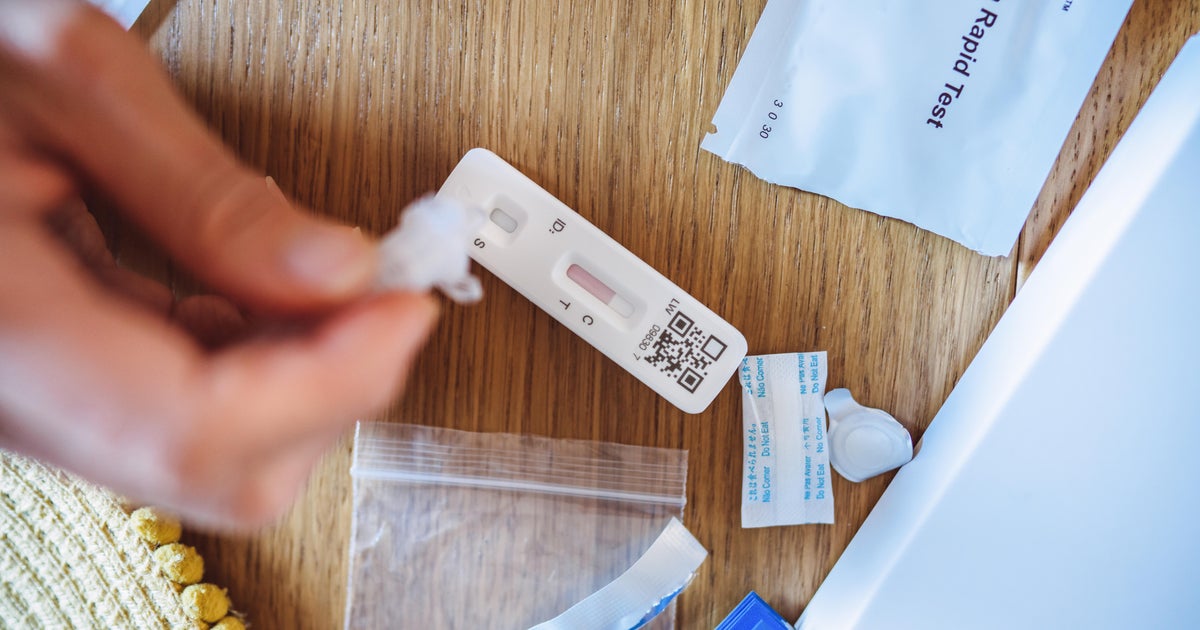[ad_1]
The Texas Panhandle wildfires are taking a significant toll on the region’s agricultural industry. Texas Agriculture Commissioner Sid Miller told CBS News on Thursday morning that preliminary numbers show more than 7,000 heads of cattle have died in the fires, and that he believes the final toll could end up including thousands more.
The state has yet to get all the counts of lost cattle in the fires, he said, adding that the 7,000 death toll does not include cattle that will have to be euthanized due to their injuries. More than 1 million acres of land have burned up in the fires, including the Smokehouse Creek Fire, the largest wildfire in Texas history.
“Their hooves are burned off, their utters are burnt beyond – they can’t nurse their babies,” he said. “We’ll actually end up having to put a lot of cattle down just because they won’t be able to make it, even though they survived.”
There are a little over 11 million head of cattle across the state, Miller said. He estimates that the final loss of cattle in the Panhandle could approach 10,000.
“I don’t think it’ll have an overall price effect over the whole market in the United States,” he said. “…Locally, it’s quite devastating.”
One rancher Miller spoke with lost 700 cows. Another young couple who “just started out” lost everything – 200 cows, he said.
“And those cows, right now, are worth from $2,500 to $3,000 and there’s no insurance on those,” he said. “That’s just a total wipeout.”
Leah Millis / REUTERS
The loss also comes as a one-two punch for many farmers. Miller said that many of those who raise cattle also grow cotton and that they’ve missed those cotton crops for the last two years. In September, the Texas Farm Bureau reported that drought and high temperatures caused the diminished cotton crops.
“The ground is toast,” Ricky Yantis, a farmer from Lamb County about 100 miles south of Amarillo, told the Texas Farm Bureau Radio Network, adding the heat seemed “more intense” last year and brought “hot winds.”
“The dryland cotton is blistered and burned,” he said. “A lot of the crop is turning brown and dying. I’ve never seen it get to this point.”
Miller said that the cattle loss, on top of this, has left many financially stressed.
Cattle that have survived the blazes relatively unscathed are still suffering, as are their owners, as the fires took out essential resources. Of the primary five fires that have burned over the past two weeks, four are in the Canadian River Basin, Miller said, a region that he says is mostly canyons and grazing land. Roughly 120 miles of powerlines have been burned down in the fires, and seven grain and seed dealers were “completely wiped out.”
“That means no electricity, no water for the livestock,” he said, adding that his unofficial estimate is that 3,0000 to 4,000 miles of fencing has also been destroyed. One mile of fencing, he said, is about $10,000.
Even the burned grass poses a problem, as the cattle industry heavily relies on healthy pastures. Miller said he believes it will take at least two years for grasses to return to where they were, and that, on top of everything else, means many ranchers will likely have to completely change their future plans, with some even getting rid of their surviving cattle.
“For most of these people, that cattle that survived, they’re probably going to have to either find some other grazing somewhere in the state or another state, or probably sell out and wait ’til they get their ranch put back together before they can restock,” he said.
Chance Bowers, operator of the X-Cross-X Ranch, told the Associated Press that across three leased ranches, his team has a little over 1,000 cows. He believes they’ll end up losing upwards of 250 of them.
“I’ve spent the last 15 years building this cow herd up,” he said. “And you can lose it overnight. We’ve been very blessed, very fortunate that we’re only gonna lose 200, you know?”
Leah Millis / REUTERS
Many of the impacted ranches are over 100 years old.
“It’s very stressful. Let’s say you’re the sixth, seventh, eighth generation, you’re in charge of the family heritage. It becomes, at some point, you no longer own the land, the land owns you,” Miller said. “…All the family memorabilia is gone. All the heritage, all their memories are up – a lot of them only have the clothes on their back.”
The region is heavily relying on donations and assistance from farmers elsewhere, as well as help from local, state and federal governments.
“The state of Texas has a very kind heart,” Miller said.
Videos of caravans of donated goods, including large farming equipment, have been circulating, as have stories of communities jumping in to help. One woman told CBS News she was offering free nebulizer treatments to animals who had inhaled wildfire smoke, even taking in a baby goat whose mother had died in the flames.
Even beyond the tangible recovery, Miller is concerned for farmers’ and ranchers’ mental health.
“The highest rates of suicide in the nation are our veterans and our farmers,” he said.
One study in 2020 found that the suicide rate for those in agriculture was 43.7 deaths per 100,000 people, which Pennsylvania State University says is “significantly higher than that of the overall population and the sixth highest rate among occupational groups.”
Miller said his office offers mental health support specifically for those in the industry, known as the AgriStress Helpline. It’s similar to the national suicide hotline, he said, but those who answer are specifically trained to help farmers and ranchers. It can be reached at 833-897-2474.
[ad_2]
Source link























